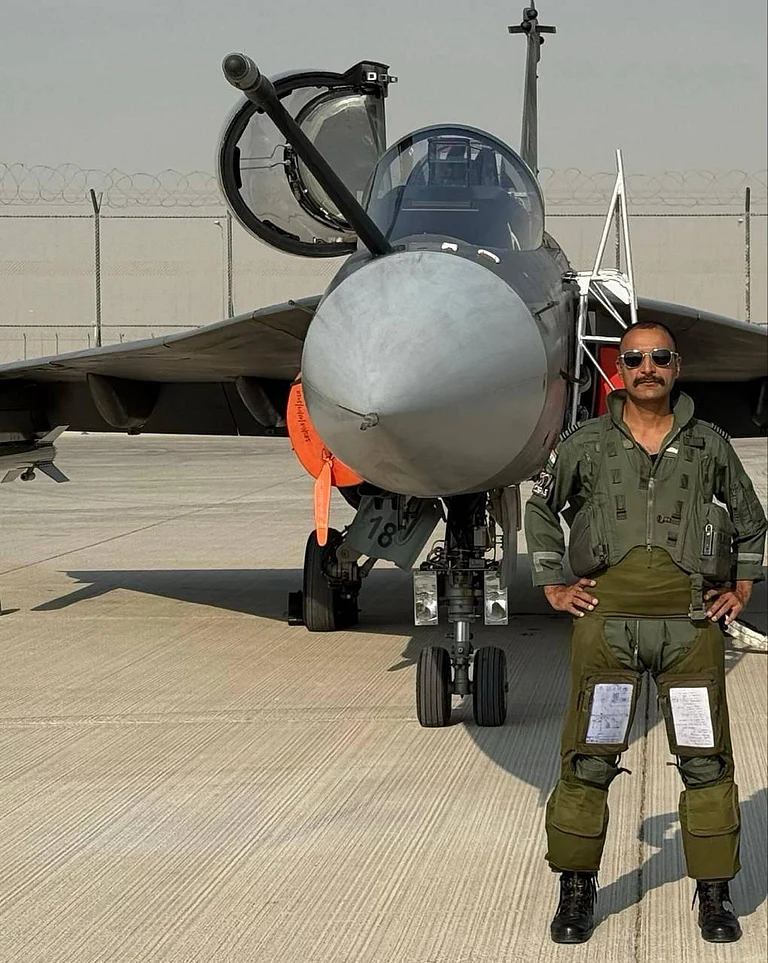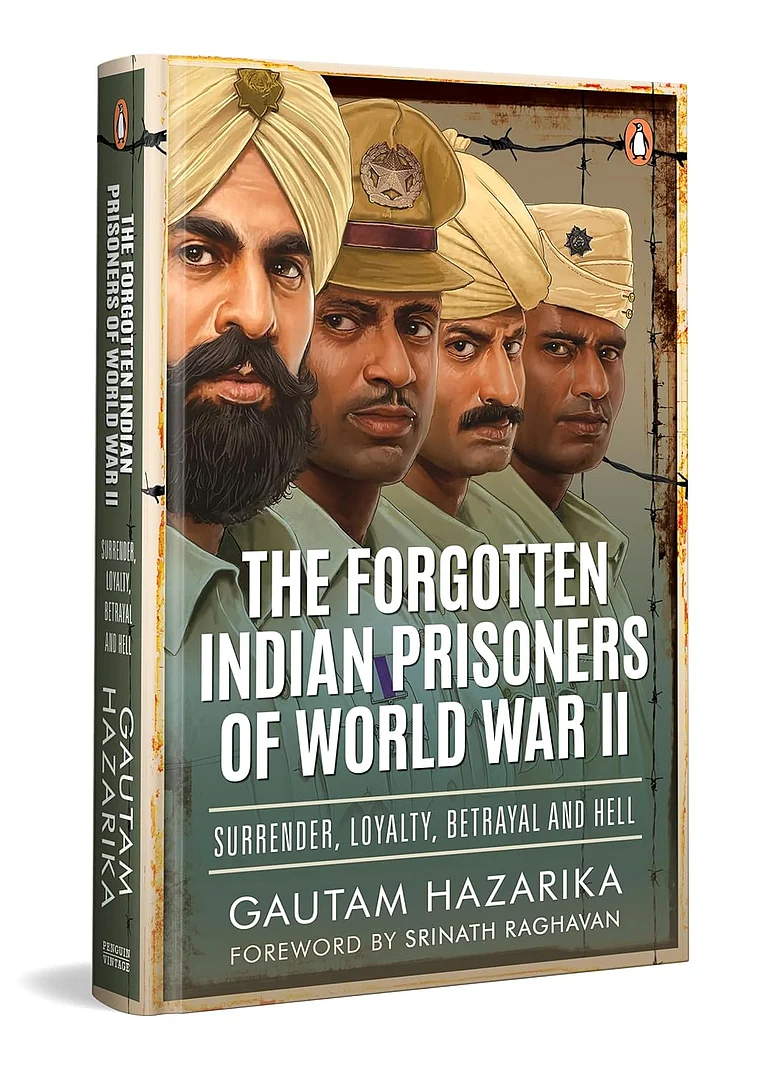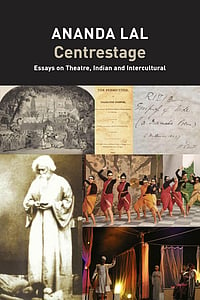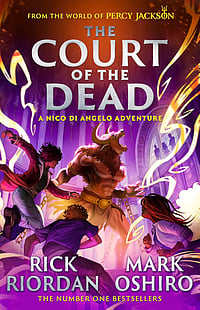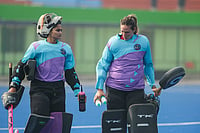This is a book for Biggles fans – even though Capt WE Johns books have probably been put on the politically incorrect list. Wing Commander Arijit Ghosh (retd) has put together a collection of stories that most readers, unless they are Air Force fans or members, will be unaware of. Like the story of Laddie Roy, Bengal’s version of the Red Baron one of the few Indians to have served in the RFC in World War I who tragically ran out of luck a month before his twentieth birthday fighting off a squadron of German fighter plans.
There are other stories – like the B24 Liberators being brought back from a graveyard of planes simply because the nascent IAF did not have heavy bombers to fly to the rescue of Maharajah Hari Singh of Kashmir at the time of the Pukhtoon raids. The planes were flown to Bangalore, where they were being refurbished at HAL, by the intrepid Jamshed Kaikobad Munshi who had never flown them before, accompanied by his equally determined wife who sat in the cockpit in a fur coat! The B24 was known as a ‘beast’ by many flyers and there is a story about how one almost crashed into the minarets of the Taj Mahal which was saved by desperate measures on the pilot’s part.
A generation of young aces with names like Bunny, Bill and Jumbo who spread their wings and soared to the heights of glory for a fleeting moment only to plummet in a tragic act of fate. Most of them, the Wing Commander writes were unremembered by history since keeping count of airplane crashes was an imprecise art in the early days, especially in the case of those who crashed behind enemy lines or were lost in the ravines during the Indo-China War. They were destined never to grow old though they did not deserve to have their achievements forgotten. This book attempts to right the record books giving these aces the place they deserve.
As the old World War 2 poem for an American flyer went
Fetch out no shroud
For Johnny-in-the-cloud;
And keep your tears
For him in after years.
Daring flyers had three things to contend with – enemies in the air, structural failure and fate. As for example in the story of the Flight Lieutenant who survived a Pakistani dawn raid in 1965, only to lose his life in a crash due to a bird hit a week later. Later he gave his name to a well-known theatre in Kolkata where his photograph can be seen in full IAF uniform Along the way we see the gradual growth of fighters, bombers and helicopters in the IAF. Not everyone could fly every kind of plane – there are stories about lack of flying hours in a certain type of craft, transcended by willpower.
Dogfights with the PAF often resulted in errors in the kill records on the Pakistani side which were rectified decades later. Wing Commander Ghosh is meticulous about his detail whether it is planes and their single and double engines or the numbers shot down which may throw those not so closely involved with aircraft. This combination of precision and lucidity makes the Wing Commander’s a fast moving narrative that highlights the factor of fighting against the odds in an attempt to combat seemingly insurmountable challenges whether in war or peace.
The final chapters offer detailed insights into pivotal moments, such as the formation of the Thunderbolts in 1981-82 that added drama to India’s Republic Day celebrations and on other occasions, the IAF’s crucial role in the 1999 Kargil operations, the Maldives Ahoy mission in 2004, and several other notable events.
Air Warriors offers a unique glimpse into the lives of those who serve, blending the technical intricacies of air combat with the stories of the people involved in them, stories of sacrifice, camaraderie, and heroism. This book is an essential read for anyone who loves delving into military history or aviation, as well as for those who have an eye out for inspiring tales of courage from the different divisions of the armed forces. The Wing Commander’s first-hand experience brings the emotional challenges of Air Force life to life for readers.








